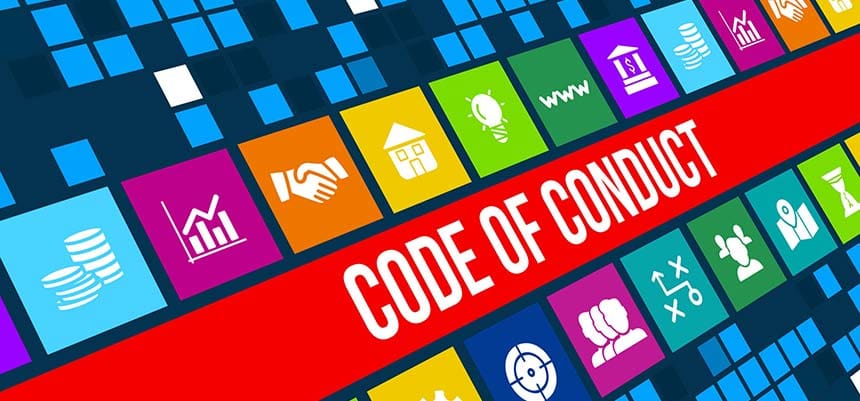Dozens of the world’s biggest publicly traded companies fall short in cementing ethical culture through their code of conduct, according to new research.
The annual report by LRN, an ethics and compliance training provider, rates the effectiveness of codes of conduct of nearly 200 publicly traded companies around the world, finding that two in five don’t meet basic expectations for effective codes of conduct.
These findings largely track with last year’s report, though some differences were notable.
This year, only 43% of codes of conduct reviewed were scored as “effective,” meaning they meet LRN’s minimum expectations; this rate represents a drop from 2022, though the reports are not necessarily comparable from year to year based on sample group differences. However, the rate at which companies were found to have “more effective” codes that exceed baseline expectations was 17%, which matches last year’s findings and suggests that companies may feel a code of conduct is simply a box-checking exercise.
“A code of conduct should be a declaration of an organization’s culture and values: providing insight into who they are, what they believe and how they make decisions, pursue their goals and operate with integrity,” Ty Francis, chief advisory officer at LRN, said in a news release. “The most effective codes today give an organization’s stakeholders a framework for how to act in line with the company’s philosophy and values, helping guide people in ethical decision-making.”
Typical Weaknesses of Codes of Conduct
For the most part, a company’s standards of conduct serve as the central component of its integrity management program. Jason Lunday describes some typical weaknesses of such codes and how companies can overcome them.
Read moreDetailsAdditionally, “speak up” culture appears deficient in most organizations, as less than two-thirds of all codes include a section on reporting misconduct and fewer than three in five have strong non-retaliation policies stated for those who do so.
The report reviewed the codes of conduct of nearly 200 of the top publicly traded companies in Asia, Europe and North America, focusing on those listed on the major indices in Germany, France, the United Kingdom, the United States and, for the first time, Japan and Singapore.
Other key findings include:
- The codes of companies on the U.S. S&P 100 outperform those in other indexes overall, while companies listed on Singapore’s STI 30 generally have the lowest code effectiveness scores.
- 64% of codes analyzed have a section on speaking up, but only 57% of codes have a strong non-retaliation policy for employees who speak up about misconduct and just 17% explain the procedure for investigation of misconduct.
- Companies with more effective codes are 10 times more likely to include hotline/helpline details.
- Only 48% of codes extend applicability to contractors, agents and other third parties working on behalf of the company.
“Many companies understand the need for a code of conduct and the basic standards and expectations around codes,” LRN CEO Kevin Michielsen said in the news release. “However, there is still significant room for the top publicly traded companies in the world to strengthen their codes of conduct and make them a more valuable tool to promote ethical corporate culture, which evidence has shown is a key driver of stronger business performance.”
What makes an effective code of conduct? LRN uses its proprietary tool to assess code of conduct across eight areas: tone from the top; purpose and values orientation; applicability and administration; speaking up; risk topics; knowledge reinforcement; usability; and look and feel.













